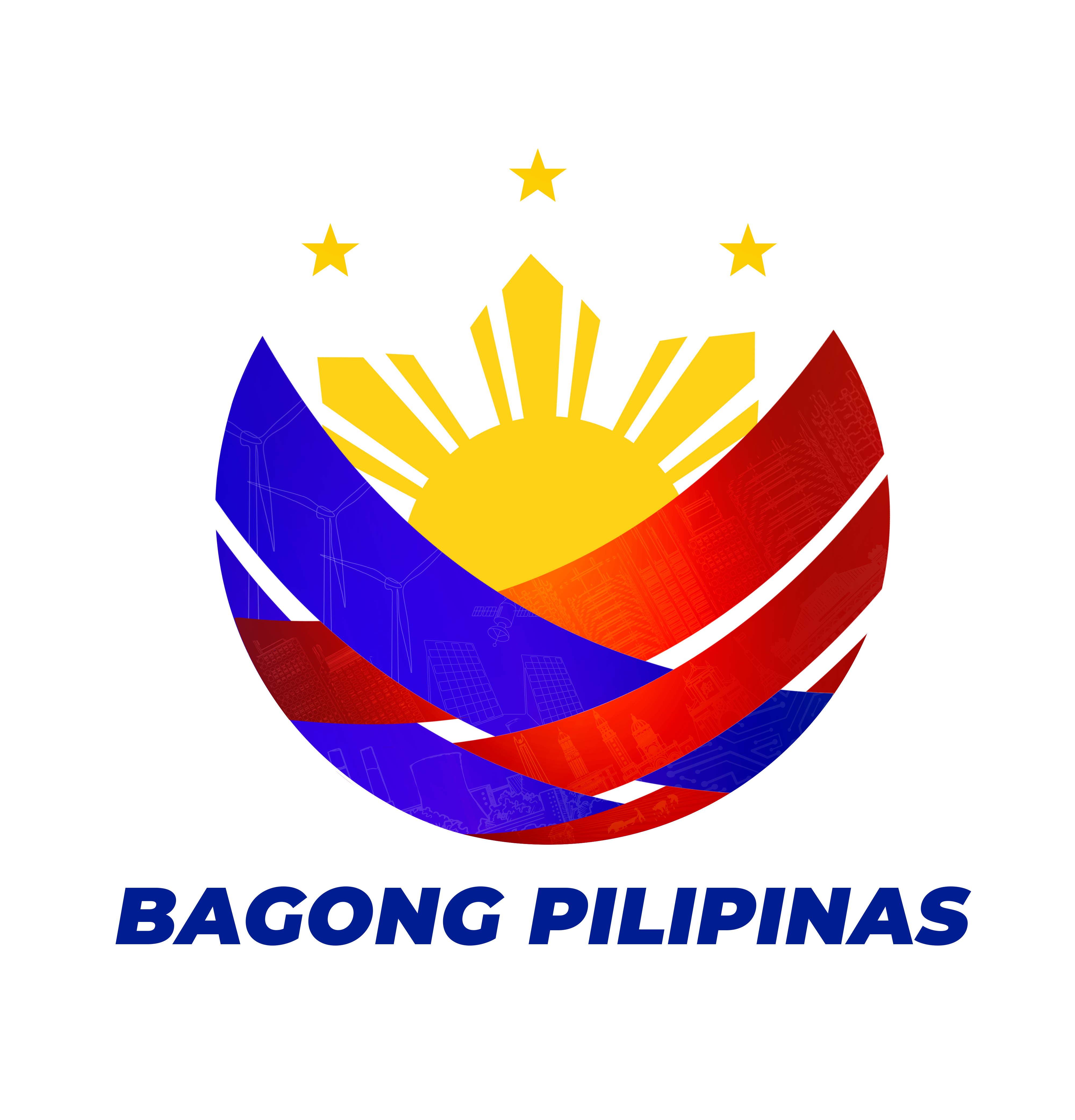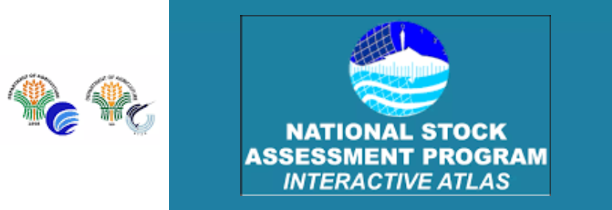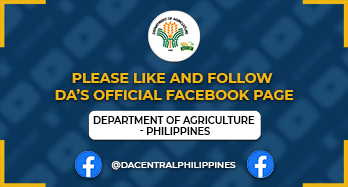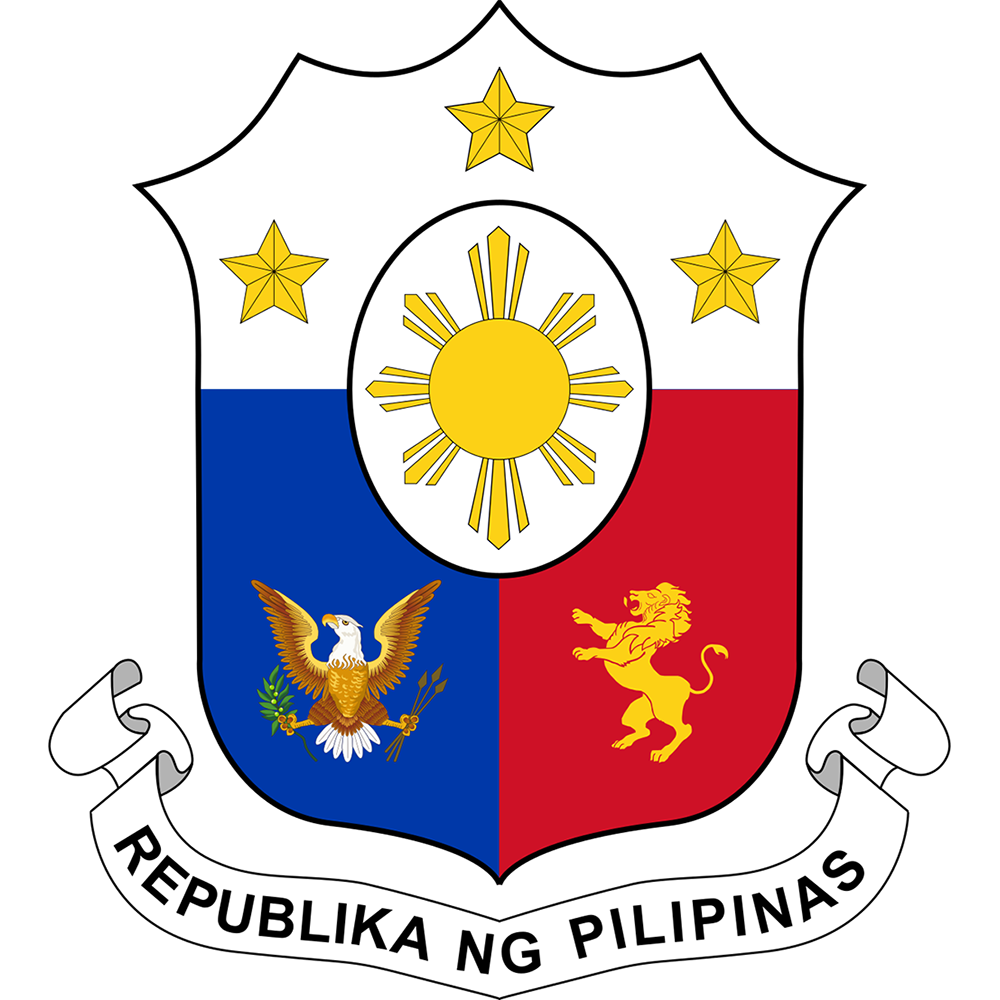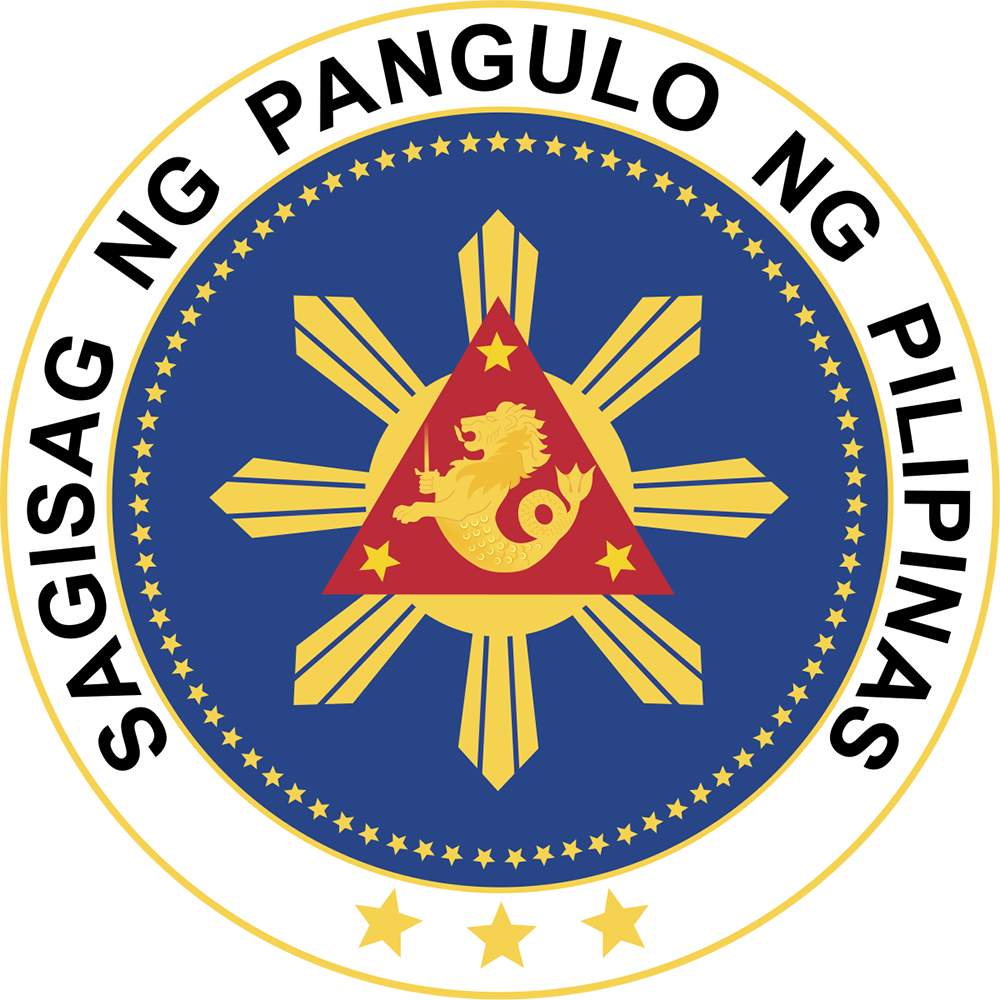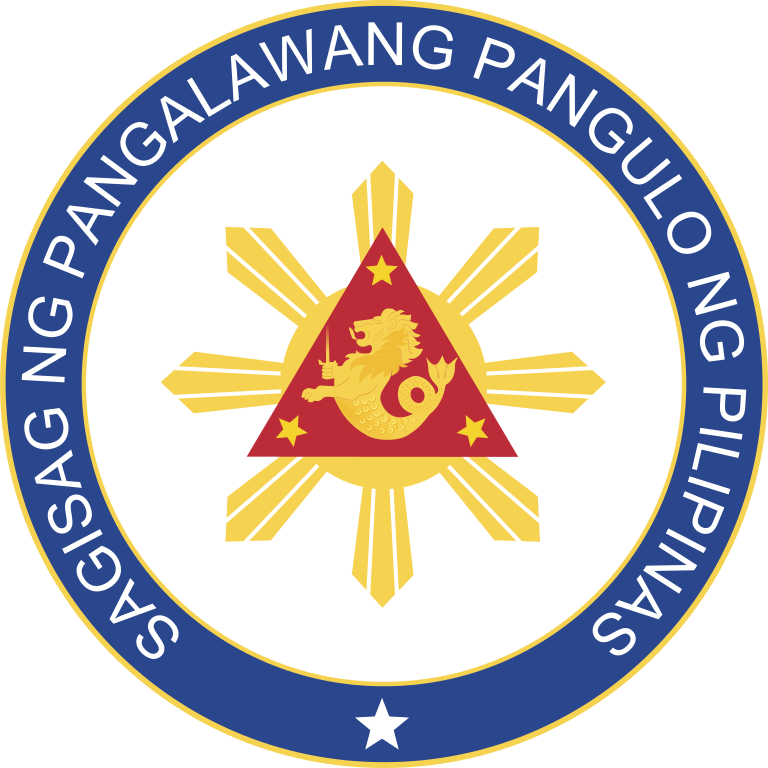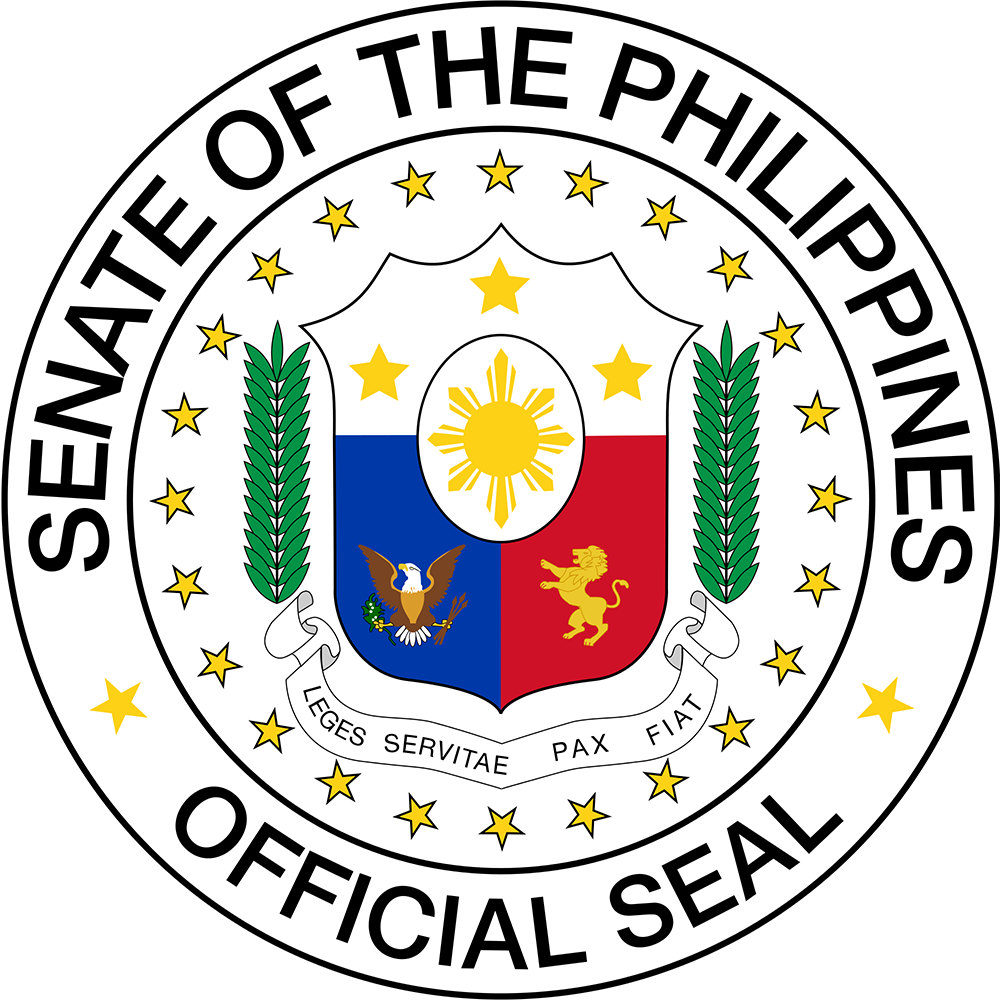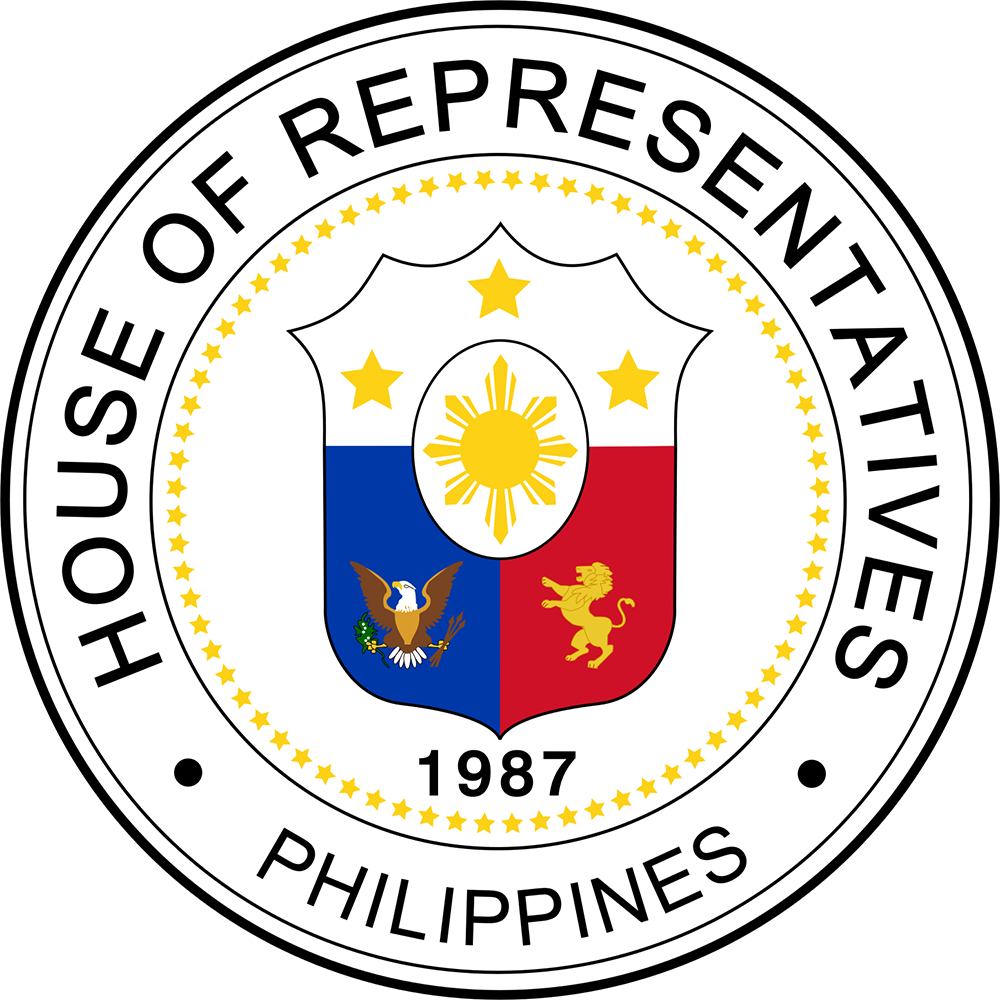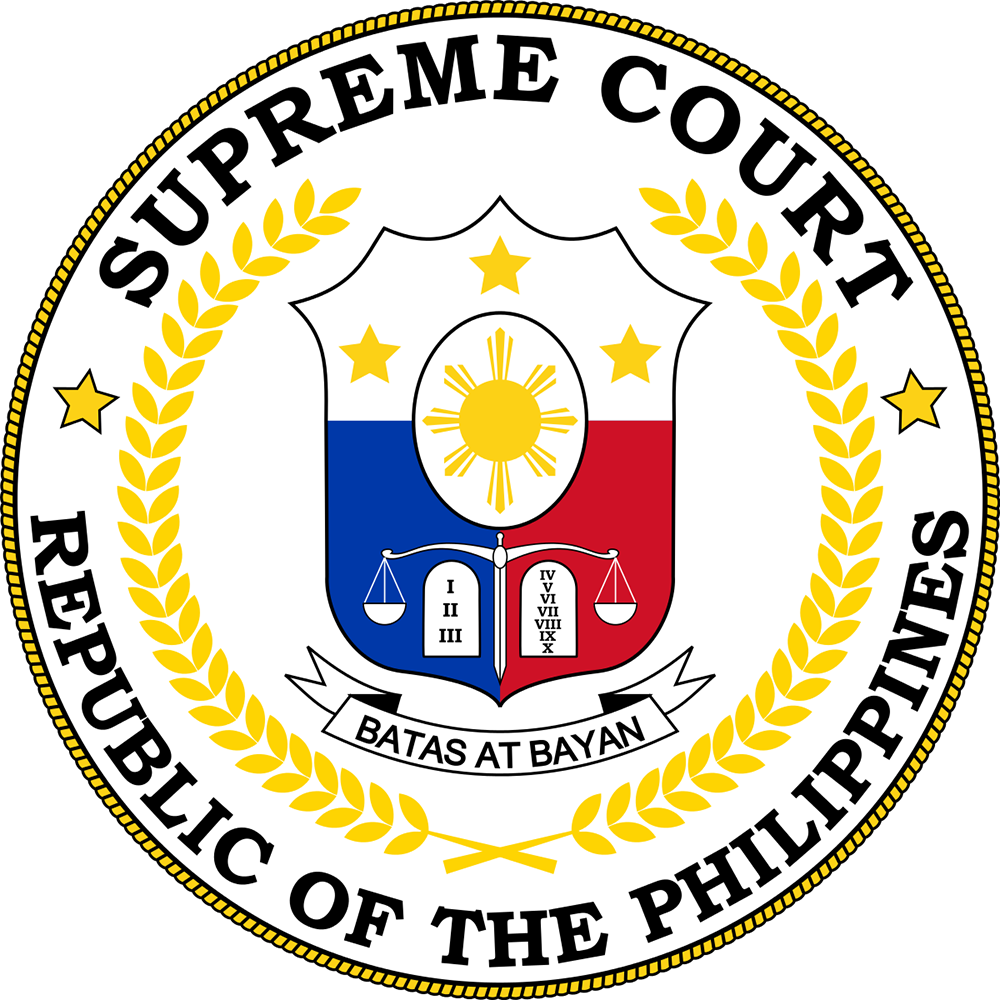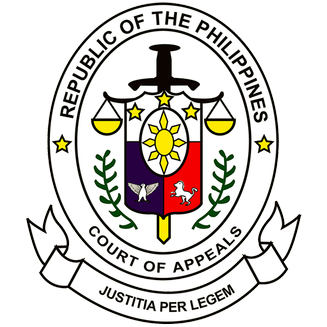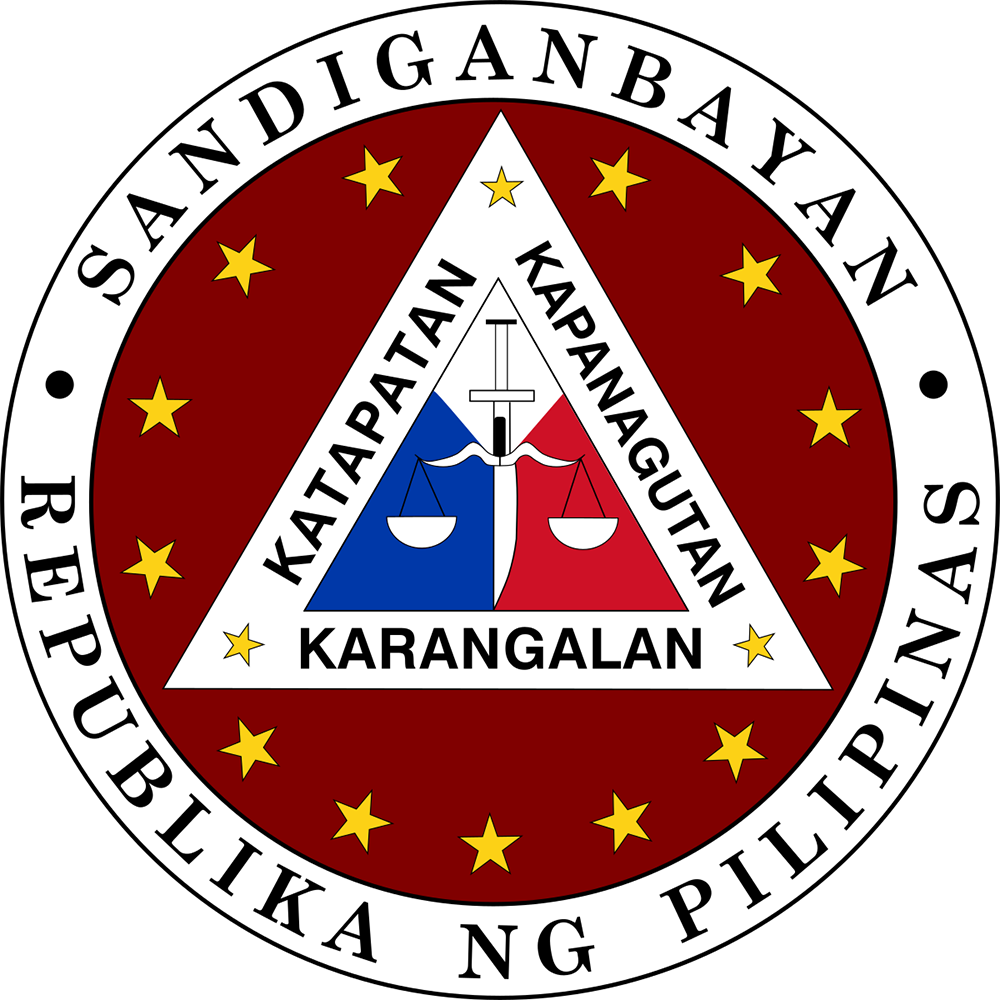
A pearl buried inside a tightly-shut shell is practically worthless. Government information is a pearl, meant to be shared with the public in order to maximize its inherent value. The Transparency Seal, depicted by a pearl shining out of an open shell, is a symbol of a policy shift towards openness in access to government information. On the one hand, it hopes to inspire Filipinos in the civil service to be more open to citizen engagement; on the other, to invite the Filipino citizenry to exercise their right to participate in governance. This initiative is envisioned as a step in the right direction towards solidifying the position of the Philippines as the Pearl of the Orient – a shining example for democratic virtue in the region. Source: Section 7.0, National Budget Circular No. 542, August 29, 2012.
National Budget Circular 542
National Budget Circular 542, issued by the Department of Budget and Management on August 29, 2012, reiterates compliance with Section 93 of the General Appropriations Act of FY 2012. Section 93 is the Transparency Seal provision, to wit:
Sec. 93. Transparency Seal. To enhance transparency and enforce accountability, all national government agencies shall maintain a transparency seal on their official websites. The transparency seal shall contain the following information: (i) the agency’s mandates and functions, names of its officials with their position and designation, and contact information; (ii) annual reports, as required under National Budget Circular Nos. 507 and 507-A dated January 31, 2007 and June 12, 2007, respectively, for the last three (3) years; (iii) their respective approved budgets and corresponding targets immediately upon approval of this Act; (iv) major programs and projects categorized in accordance with the five key results areas under E.O. No. 43, s. 2011; (v) the program/projects beneficiaries as identified in the applicable special provisions; (vi) status of implementation and program/project evaluation and/or assessment reports; and (vii) annual procurement plan, contracts awarded and the name of contractors/suppliers/consultants.
The respective heads of the agencies shall be responsible for ensuring compliance with this section.
A Transparency Seal, prominently displayed on the main page of the website of a particular government agency, is a certificate that it has complied with the requirements of Section 93. This Seal links to a page within the agency’s website which contains an index of downloadable items of each of the above-mentioned documents.
Symbolism
A pearl buried inside a tightly-shut shell is practically worthless. Government information is a pearl, meant to be shared with the public in order to maximize its inherent value.
The Transparency Seal, depicted by a pearl shining out of an open shell, is a symbol of a policy shift towards openness in access to government information. On the one hand, it hopes to inspire Filipinos in the civil service to be more open to citizen engagement; on the other, to invite the Filipino citizenry to exercise their right to participate in governance.
This initiative is envisioned as a step in the right direction towards solidifying the position of the Philippines as the Pearl of the Orient – a shining example for democratic virtue in the region.
DA Compliance with Sec. 103 (Transparency Seal) R.A. No. 11975 (General Appropriations Act 2024)
I. The agency’s mandates and functions, names of its officials with their position and designation, and contact information
a. The agency’s mandates and functions
b. Position, designation, and contact information
II. Annual Financial Reports
a. FAR No. 1: Statement of Appropriations, Allotments, Obligations, Disbursements and Balances (SAAOBDB)
• 2024 FAR No. 1 (as of March 31, 2024)
• 2023 FAR No. 1 (as of December 31, 2023)
• 2022 FAR No. 1 (as of December 31, 2022)
• 2021 FAR No. 1 (as of December 31, 2021)
• 2020 FAR No. 1 (as of December 31, 2020)
• 2019 FAR No. 1 (as of December 31, 2019)
• 2018 FAR No. 1 (as of December 2018)
• 2017 FAR No. 1 (as of December 2017)
• 2016 FAR No. 1 (as of December 2016)
b. Summary Report on Disbursements
• 2024 Summary Report on Disbursements (as of March 31, 2024)
• 2023 Summary Report on Disbursements (as of December 31, 2023)
• 2022 Summary Report on Disbursements (as of December 31, 2022)
• 2021 Summary Report on Disbursements (as of December 31, 2021)
• 2020 Summary Report on Disbursements (as of December 31, 2020)
• 2019 Summary Report on Disbursements (as of December 31, 2019)
• 2018 Summary Report on Disbursements (as of December 2018)
• 2017 Summary Report on Disbursements (as of December 2017)
• 2016 Summary Report on Disbursements (as of December 2016)
c. BAR No. 1: Quarterly Physical Report of Operations / Physical Plan
• 2024 BAR No. 1 (as of March 31, 2024)
• 2023 BAR No. 1 (as of December 31, 2023)
• 2022 BAR No. 1 (as of December 31, 2022)
• 2021 BAR No. 1 (as of December 31, 2021)
• 2020 BAR No. 1 (as of December 31, 2020)
• 2019 BAR No. 1 (as of December 31, 2019)
• 2018 BAR No. 1 (as of December 2018)
• 2017 BAR No. 1 (as of December 2017)
• 2016 BAR No. 1 (as of December 2016)
d. FAR No. 5: Quarterly Report on Revenue and Other Receipts
• 2024 FAR No. 5 (as of March 31, 2024)
• 2023 FAR No. 5 (as of December 31, 2023)
• 2022 FAR No. 5 (as of December 31, 2022)
• 2021 FAR No. 5 (as of December 31, 2021)
• 2020 FAR No. 5 (as of December 31, 2020)
• 2019 FAR No. 5 (as of December 31, 2019)
• 2018 FAR No. 5 (as of December 2018)
• 2017 FAR No. 5 (as of December 2017)
• 2016 FAR No. 5 (as of December 2016)
e. Financial Plan (Detailed Statement of Current Year’s Obligations, Disbursements and Unpaid Obligations)
• 2022 Financial Plan
• 2021 Financial Plan
• 2020 Financial Plan
f. FAR No. 6: Statement of Approved Budget, Utilizations, Disbursement and Balances for Trust Receipt
• 2024 FAR No. 6 (as of March 31, 2024)
• 2023 FAR No. 6 (as of December 31, 2023)
• 2022 FAR No. 6 (as of December 31, 2022)
• 2021 FAR No. 6 (as of December 31, 2021)
g. Status of Appropriations, Obligations, and Disbursements
• 2023 Status of Appropriations, Obligations and Disbursements (as of August 31, 2023)
III. DBM Approved Budget and Corresponding Targets for FY 2023
• GAA Performance Targets for FY 2023
IV. Projects, Programs and Activities, Beneficiaries, and Status of Implementation for FY 2023
V. Annual Procurement Plan
• FY 2024 Annual Procurement Plan (FY 2024 APP non-CSE)
• FY 2023 Annual Procurement Plan (FY 2023 APP non-CSE)
• FY 2022 Annual Procurement Plan (FY 2022 APP non-CSE)
• FY 2021 Annual Procurement Plan (FY 2021 APP non-CSE)
• FY 2020 Annual Procurement Plan (FY 2020 APP non-CSE)
• FY 2024 APP for Common Supplies and Equipment (FY 2024 APP CSE)
• FY 2023 APP for Common Supplies and Equipment (FY 2023 APP CSE)
• FY 2022 APP for Common Supplies and Equipment (FY 2022 APP CSE)
• FY 2021 APP for Common Supplies and Equipment (FY 2021 APP CSE)
VI. QMS Certification of at least One (1) Core Process by an International Certifying Body (ICB)
• QMS Certification (DA-RFO I)
VII. System of Ranking Delivery Units
• System of Ranking FY 2023
• System of Ranking FY 2022
• System of Ranking FY 2021
• System of Ranking FY 2020
VIII. The Agency Review and Compliance Procedure of Statements and Financial Disclosures
• FY 2023
• FY 2022
• FY 2021
IX. Freedom of Information
• Final People’s Freedom of Information Manual signed by the Head of Agency
• DA Freedom of Information (FOI) Reports
XI. Department of Agriculture Scorecard
